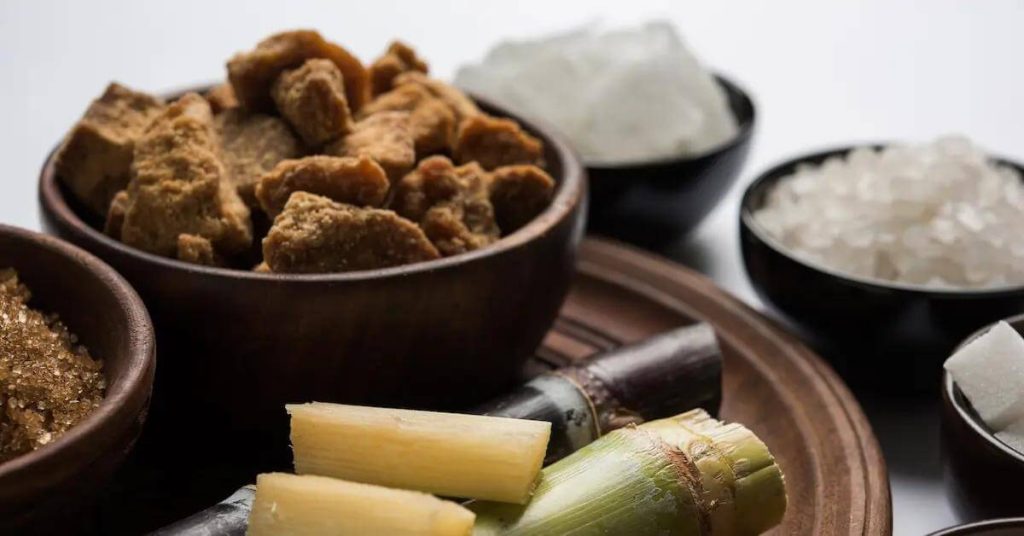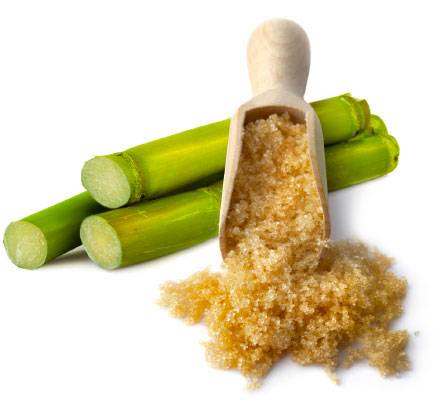Understanding the Essential Techniques and Technologies Employed in Modern Walking Stick Sugar Handling
The evolution of walking cane sugar processing has actually been substantially shaped by the assimilation of advanced strategies and innovations that address both effectiveness and sustainability. Enzyme-assisted removal and sophisticated refining approaches have changed yield optimization, while automation promotes operational dependability. Furthermore, the emphasis on lasting methods mirrors an expanding awareness of environmental influence. As we explore these important developments, it becomes essential to check out how they not only boost production but likewise straighten with more comprehensive industry patterns and customer demands, elevating questions about the future of sugar processing and its ramifications for international markets.
Historic Context of Walking Stick Sugar Processing
The historic context of cane sugar handling discloses an abundant tapestry of agricultural development and social exchange that has actually shaped its development over centuries. Originating in Southeast Asia, sugarcane was grown as early as 8000 BCE - Cane Sugar Processing. The procedure of improving and removing sugar got momentum in India, where approaches for crystallization were improved around the sixth century. This knowledge went across to the Center East, and by the 12th century, sugar ended up being a valued commodity in Europe, leading to the establishment of sugar haciendas in the Mediterranean.

Advanced Removal Methods
Performance in walking cane sugar removal has seen considerable improvements, driven by the demand for greater returns and lower production costs. Conventional techniques have developed, providing way to innovative modern technologies that boost the effectiveness of the removal process. One noteworthy development is making use of enzyme-assisted removal, wherein particular enzymes break down cell wall surfaces and release more sucrose from the walking cane fibers. This strategy not just raises sugar return however likewise reduces the power required for processing.
Additionally, the adoption of membrane purification innovations, such as nanofiltration and turn around osmosis, has revolutionized the splitting up of sugar from pollutants. These approaches enable for the discerning permeation of sugar molecules while retaining larger impurities, improving the removal process and lessening waste.
Moreover, the combination of constant extraction systems has actually caused boosted functional efficiency. Cane Sugar Processing. These systems preserve a consistent flow of walking stick product, making certain ideal removal conditions and minimizing downtime associated with batch processing
Ingenious Refining Technologies
Refining methods in walking stick sugar processing have undergone a transformative shift, driven by the need for higher purity and improved item top quality. Among the most significant technologies is the fostering of membrane layer filtering innovations, such as ultrafiltration and nanofiltration. These processes efficiently eliminate pollutants and colorants without the requirement for comprehensive chemical treatments, therefore maintaining the sugar's all-natural flavor and enhancing its appeal.
An additional considerable development is making use of ion exchange resins, which allow for discerning go to this website removal of unwanted ions from sugar remedies. This innovation not just raises the general purity of the last item but additionally contributes to reduced waste and environmental impact.
In addition, improvements in adsorption techniques, making use of activated carbon and various other innovative products, have actually shown reliable in decolorizing sugar services while keeping optimal quality. The assimilation of these innovative refining innovations makes certain that makers can generate refined sugar with remarkable quality and taste, satisfying the advancing preferences of consumers.
Automation and Control Solution
Current improvements in refining modern technologies have led the way for considerable enhancements in automation and control systems within walking cane sugar processing facilities. These systems make use of innovative software and hardware to boost functional efficiency, lower human mistake, and ensure constant product high quality.
Modern automation incorporates different parts, consisting of sensing units, actuators, and programmable reasoning controllers (PLCs), making it possible for real-time monitoring and control of vital processes. For example, stress, temperature, and circulation rates can be precisely regulated during removal, explanation, and crystallization stages, maximizing efficiency and decreasing waste.
In addition, progressed information analytics and maker understanding formulas play an essential function in predictive upkeep, permitting operators to anticipate tools failings prior to they happen. This proactive technique not just reduces downtime but also extends the life-span of machinery.
Additionally, automation assists in the application of Industry 4.0 concepts, empowering sugar mills to attain higher connectivity and data exchange throughout processes. As a result, decision-making ends up being more agile and educated, ultimately improving the overall competition of cane sugar manufacturing. With these innovations, the market is well-positioned to meet growing international demands while keeping operational quality.
Sustainability Practices in Sugar Manufacturing
Sustainability practices in sugar manufacturing have become increasingly vital as the sector seeks to stabilize financial viability with ecological duty. As customer understanding expands pertaining to the ecological influences of agricultural techniques, sugar manufacturers are embracing innovative methods to minimize their eco-friendly impact.
One considerable strategy is the implementation of accuracy farming techniques, which use data analytics to enhance source use, such as water and fertilizers. This decreases waste and lessens the influence on local ecological communities. Moreover, lots of producers are transitioning to sustainable energy resources, such as biomass from sugarcane by-products, to power their procedures, thereby decreasing reliance on fossil gas.
Water management methods are likewise critical; rainwater harvesting and efficient irrigation systems aid reduce water click this site deficiency issues. Cane Sugar Processing. Furthermore, incorporated insect monitoring approaches decrease chemical use, advertising biodiversity and soil health and wellness
Corporate social obligation efforts are arising, with business purchasing regional neighborhoods and ensuring reasonable labor practices. By accepting these sustainability practices, the sugar market not just boosts its track record however likewise adds to a more sustainable agricultural landscape, leading the way for future generations.

Final Thought
In recap, contemporary cane sugar processing includes a variety of advanced techniques and modern technologies that substantially boost return, efficiency, and sustainability. Collectively, these improvements position the cane sugar industry to fulfill modern demands while resolving critical international challenges.
The evolution of walking stick sugar handling has actually been substantially shaped by the combination of sophisticated strategies and innovations that Home Page resolve both effectiveness and sustainability.The historic context of walking cane sugar handling exposes a rich tapestry of farming technology and social exchange that has formed its advancement over centuries. Advancements in milling and refining emerged, laying the groundwork for modern walking stick sugar handling.Refining methods in walking stick sugar processing have actually gone through a transformative shift, driven by the need for greater purity and improved item top quality.In summary, modern cane sugar handling integrates a range of advanced methods and technologies that considerably improve sustainability, effectiveness, and yield.